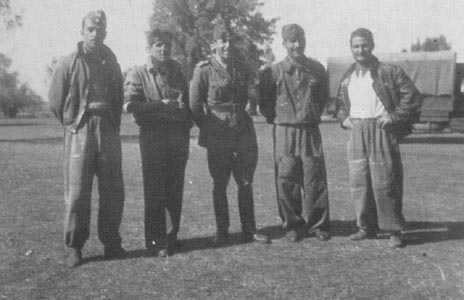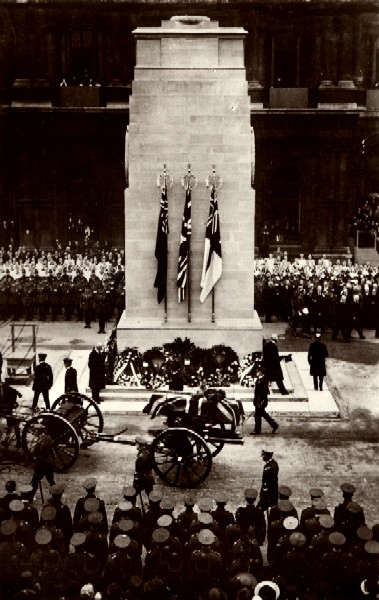

Either way these sorts of developments aren't really going to be relevant until around 1942. A lighter engine in the 1200-1300 hp range should have been possible earlier (at least around the time the Ki-44 came online). (the Kasei would have delivered similar power much earlier than the Ha-112 the Ki-100 used, but was bulkier and heavier. The only reason engines really came up was in regards to the Ki-60/61 and whether they'd use an alternate inline design or resort to an earlier counterpart to the Ki-100. Namely the Mitsubishi Kinsei, the larger Kasei, and Nakajima's Ha41/Ha109. By December 1941, the Germans had the Bf-109F and production models of the FW-190A.Ĭlick to expand.The 1200~1600 HP class engines would be the ones to realistically look at for the early.mid war period. Those aircraft, and a handful of service-test Ki-44s were all the modern fighters that Japan had. The IJA's Ki-43 (Oscar) was not even in service at that level. Production was ramped up slowly, but by December 1941, there were only about 300 deployed.

The handful of pre-production zeros that fought in China so successfully in the summer of 1940 were all that were in existence at the time. The Zero was similar to but superior to the Curtis Hawk 75 that the French used successfully. The zero would have likely held its own in 1-1 battles with the bin Bf-109E. Even if they could have used Russia's Trans-Siberian railroad, they wouldn't have had the capacity for an unfettered campaign in China.Īs far as aircraft go. Maybe worse, because they wouldn't have India as a jumping-off point. The Germans would have had the same logistical problems in getting supplies into China that the Western Allies had.


 0 kommentar(er)
0 kommentar(er)
